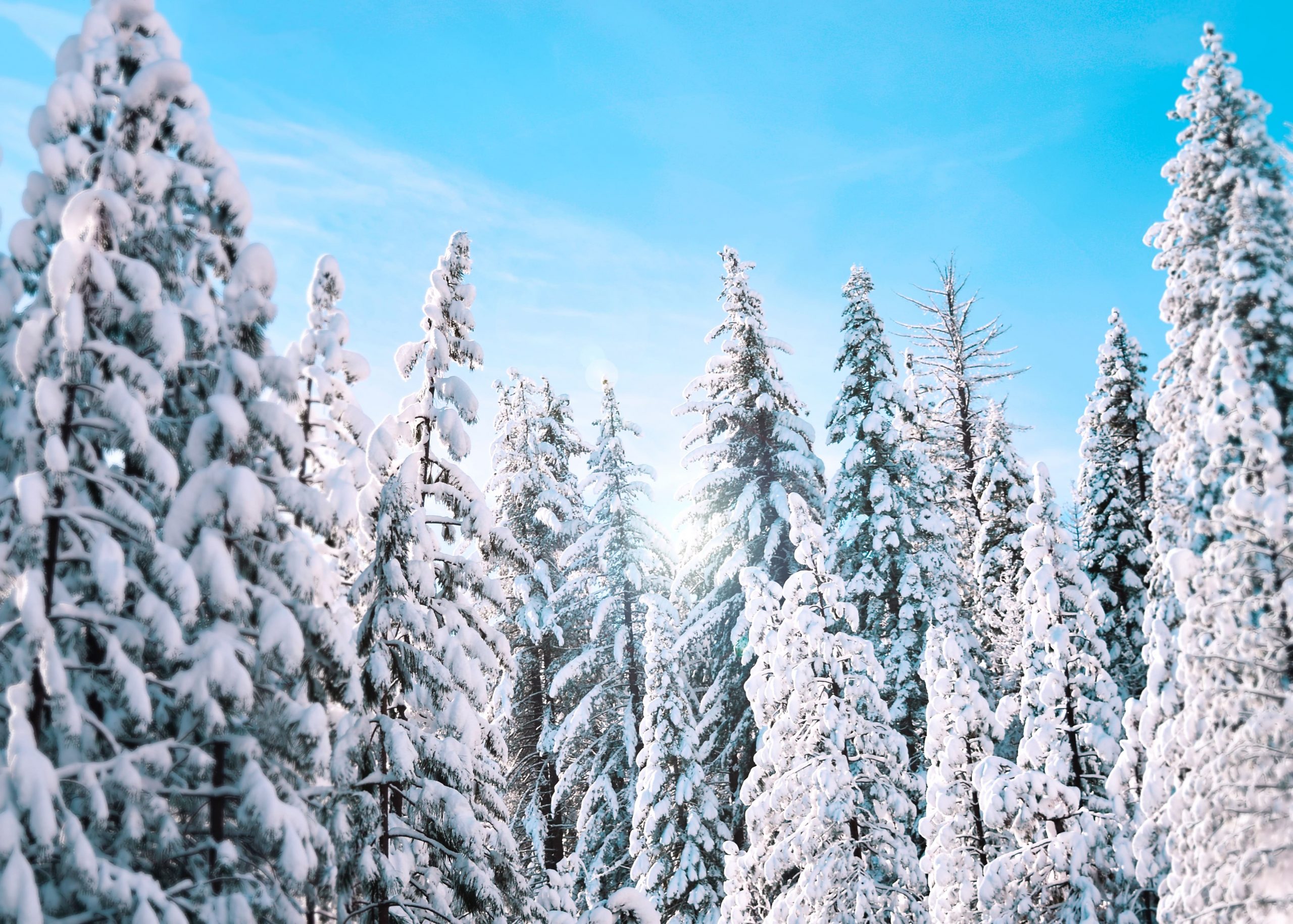Find Out What Activities You Can Experience When Visiting Snow In Australia
Find Out What Activities You Can Experience When Visiting Snow In Australia
Blog Article
Discover the Remarkable Results of Snow in Australia on Regional Environments
Regardless of its track record for sun-soaked landscapes, Australia likewise boasts regions buried by snow-- a sensation that exceptionally influences the nation's unique ecosystems. The shielding properties of snows shield plants and fauna amidst the chilliest wintertimes, while the melting snow nurtures rivers and aquatic life. Nonetheless, the actual marvel hinge on just how these chilly conditions form the nation's biodiversity and nutrient cycles. As we untangle this complex relationship, we locate ourselves stepping on uncharted grounds in Australia's high nation.
The Unexpected Regions of Snowfall in Australia
Although Australia is frequently connected with sandy coastlines and sun-scorched landscapes, specific areas remarkably experience snowfall. The high country areas of New South Wales, Victoria, and Tasmania are particularly understood for their winter months snow. The Snowy Mountains in NSW, as an example, obtain abundant seasonal snow, using a raw contrast to the country's regular hot, arid environment. Meanwhile, the Victorian Alps and parts of Tasmania likewise see annual snowfalls, changing the landscape right into a winter season paradise. These locations are not simply anomalies yet integral components of Australia's diverse environment system. The visibility of snow in these areas considerably influences neighborhood ecological communities, consequently impacting the nation's unique biodiversity. The certain influence on Australia's unique vegetation will be discussed in the next area.

Just How Snow Impacts Australia's Distinct Vegetation
These plants have actually progressed to endure in severe problems, with snow serving as a protective blanket from freezing temperature levels and rough winds. The snow likewise adds to the moisture content of the soil, providing needed hydration for plant life during the completely dry summer months. In significance, the snow influences the timing of flowering and seed dispersal, the growth rates, and the survival of numerous plant varieties, showcasing the detailed interplay between environment and vegetation in Australia.

The Adjustments of Australian Animal to Snowfall
Equally as Australia's flora has actually adapted to the wintery problems, the local animals also, exhibit amazing adjustments to the snowfall. Species like the Mountain Pygmy-possum, the only Australian marsupial recognized to hibernate, have advanced strategies to make it through in snowy environments. It uses the snow as insulation, hibernating in rock gaps beneath the snow to stay cozy. In a similar way, the Snow Skink, a types of reptile, transforms its colour to white during winter season, providing camouflage against killers. Birds such as the Snowy Mountains' Crimson Rosella likewise adjust their diet regimens to take in available food resources during cooler periods. Hence, in spite of the severe conditions, Australian fauna shows a resilient and adaptive nature, guaranteeing their survival in regions experiencing snowfall.
The Duty of Snow fit Neighborhood Ecosystems
In shaping the regional ecological communities, the role of snow in Australia is both multilayered and extensive. Snow gives a vital water source, feeding rivers and storage tanks as it thaws, hence sustaining a variety of aquatic life forms. The visibility of snow forms the vegetation patterns, pet habits, and overall sustainability of Australia's unique environments.
The Future of Snowfall in Australia: Forecasts and Implications

Given the crucial function snow plays in shaping local ecological communities, the future of snowfall in Australia is attracting enhancing attention from environmentalists and scientists. Present climate designs forecast a substantial decline in snowfall because of worldwide warming, with possibly extensive influences on local environments. Less snow might result in minimized water availability in towering areas, negatively affecting wildlife environments and plant. It might change the timing of seasonal changes, interfering with the life cycles of numerous indigenous types. moved here The tourist industry, heavily dependent on the winter season snow period, may likewise encounter considerable obstacles. Therefore, understanding these forecasts and their effects is crucial to establish efficient preservation methods, making sure the preservation of Australia's distinct biodiversity and the sustainability of its economic situation.
Final Thought
The role of snow in Australia's environments is critical yet usually forgotten. It serves as a protector, a nurturer, and a shaper of varied towering types, adding to the richness of Australia's high country. As climatic patterns continue to shift, recognizing the implications and prospective makeovers of these snow-influenced communities is vital. Hence, the snow in Australia is greater than an all-natural phenomenon; it's an essential gamer in the nation's environmental story.
Regardless of its track record for sun-soaked landscapes, Australia also flaunts regions blanketed by snow-- a sensation that greatly influences the country's special ecosystems. It utilizes the snow as insulation, hibernating in rock crevices underneath the snow to remain cozy - Snow In Australia.In shaping the regional communities, the duty of snow in Australia you could try here is both multilayered and profound. The existence of snow forms the vegetation go right here patterns, pet actions, and total sustainability of Australia's special ecosystems
Given the essential function snow plays in shaping neighborhood ecosystems, the future of snowfall in Australia is drawing raising focus from environmentalists and researchers.
Report this page